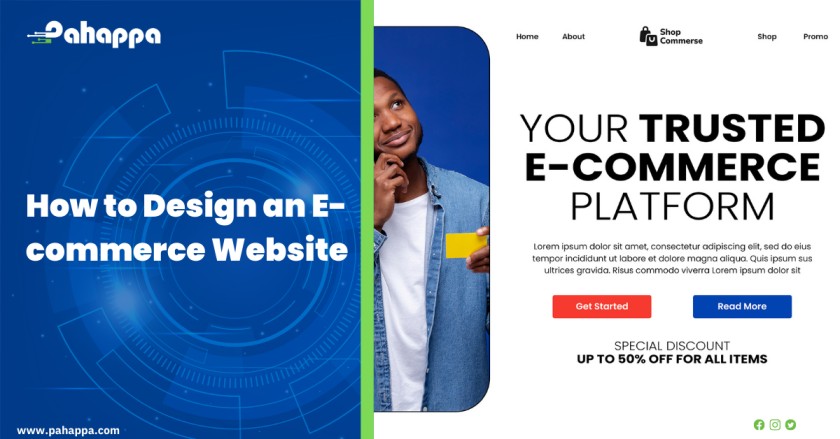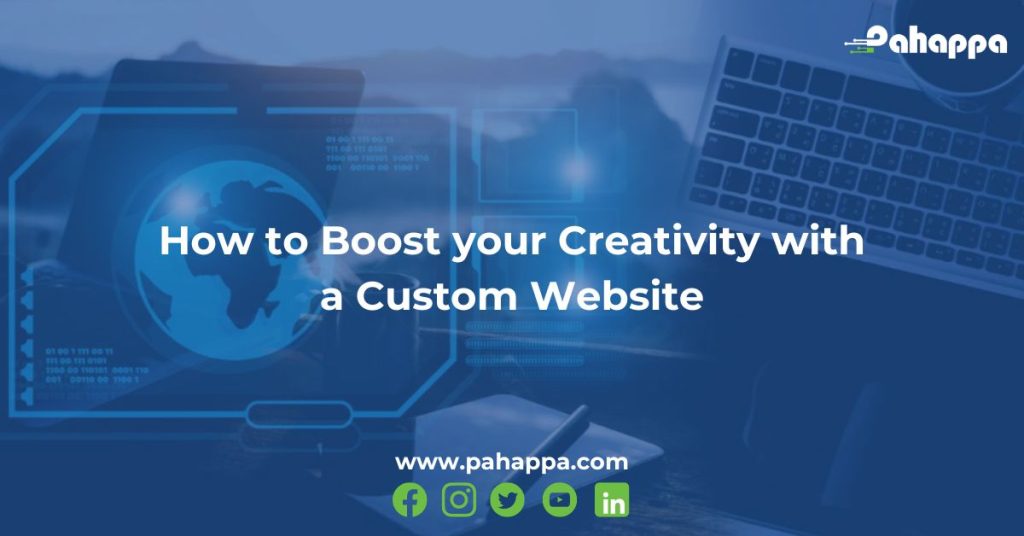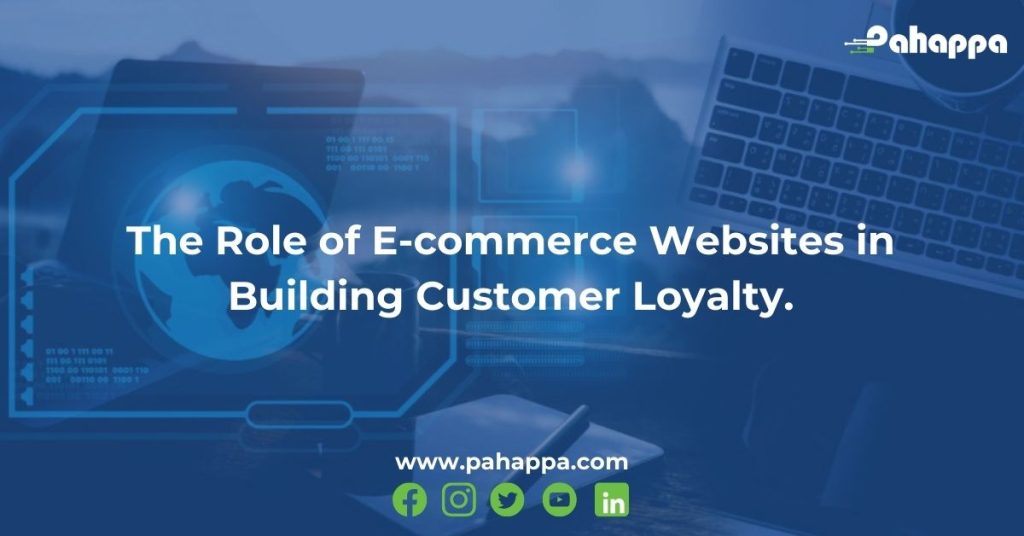These days, we do almost everything online—and that includes shopping. This is why there’s never been a better time to have an ecommerce website.
If you’re selling anything in this day and age—whether sneakers, dressing, or something in between—you have to get on board the ecommerce website train. An ecommerce site offers you the opportunity to create your brand, connect with more customers, and sell more products.
Web design is a critical step when creating an ecommerce website. Good ecommerce web design is about using the correct colours, fonts, images, words and graphics to convince visitors to purchase a product. The design should attract potential customers, provide great user experience and present your shop within the best light.
Your site should not only look good and feel on-brand, but must also drive your visitors to require action and, in turn buy your products. But how, exactly, does one do that? How does one design the type of ecommerce site that may have products flying off your virtual shelves? Here are some considerations to make.
- Keep it simple
- Prioritize branding
- Think like a site visitor
- Use colour to your advantage
- Create scannable content
Keep It Simple
The most important rule to designing any ecommerce site is to keep it simple so that users don’t get frustrated. When it involves designing an ecommerce website, simple is often better. The more elements you have on a page, the more you turn off buyers. Keep your design clear, clean and simple while keeping the main focus on the sale.
Prioritize Branding
When it involves shopping online, people want to shop for products from already established brands—not faceless ecommerce sites that appear as if a front for trying to steal your VISA card information.
Your branding is like the DNA of your business; it’s who you’re as an organization, what you’re about, and the way you’re different from your competitors—and it plays an enormous part in building your customer base.
If you want to get the most out of your design, take the time to define your brand—and then infuse that branding into your design. If you are not sure of what you brand is, that’s okay. Begin by asking yourself questions like:
- If my brand was an individual, who would it not be?
- If I had to explain my brand in just three words, what would that be?
- What makes my brand unique?
- What will we do better than anyone else in the market?
Once you recognize who you’re, you’ll work it into the branding of your site. It’ll make your brand trustworthy and drive sales.
Think Like a Site Visitor
If you wish your website design to attach together with your audience, you’ve to think like your audience. There are just some things your potential customers want in an ecommerce experience—a site that is easy to navigate, well-designed, and makes the method of shopping easy, straightforward, and hassle-free. And if you wish your ecommerce shop to succeed, you’d better give them those things.
During the planning process, put yourself in your visitor’s shoes. What is the easiest layout to navigate? How are you able to organize your products in a way that makes sense to a user? How are you able to make checkout as simple as possible?
When you take time and think like your customer, you’ll be able to anticipate what they require from your ecommerce store—and then design your site according to those needs.
Use Colour to Your Advantage
Different colours can inspire different feelings, emotions, and actions from people—If you wish your site to convert, you would like to use those colour inspirations to your advantage.
As an example, if you would like people to form an acquisition, make the acquisition button stands out with a bright colour like red. Colour psychology suggests that red inspires feelings of pleasure and fervour, which are driving factors behind spending—and studies show that creating a button red can increase conversions by at least 34%.
Or, if you would like to up your credibility, incorporate blue into your web design. Blue isn’t only a universally loved colour, but it’s also been shown to extend feelings of trust, making it a go-to within the business world.
Create Scannable Content
You can spend days crafting long descriptions for the products on your site, but we’ve got news for you—no one goes to read it.
Research shows that the majority of website visitors only examine 20% of the text on any given online page. Rather than reading word for word, they simply scan the text trying to find key information. If you would like to put your point across (and drive sales within the process), make your content scannable.
Break up your content—whether that’s product descriptions, blog posts, or an “about us” page—into an easy-to-scan format. Keep sentences and paragraphs short, use bolding to indicate key points, and use bulleted lists to highlight important information.
The easier to scan your content, the more likely your audience will absorb your key messaging—and the more likely they’ll be ready to make a purchase.
Conclusion
While it is important to make above considerations, it is also key to understand that visitors need more from you to prove that you are actually what you say you are. It is important to make your site look professional because visitors will be showing their confidential information such as VISA card details while checking out. You need to build trust on the onset so that a buyer does not hesitate while making a purchase.
Whereas this may be a daunting task, at Pahappa we put all these factors into consideration as we design and develop your ecommerce site so that you can focus on the most critical part of your business. We make your website standout from the rest without worrying about which devices your clients will be using to access your website.











